Following surgery, close contact is maintained with the family through audiology programming and assessment appointments; rehab appointments; workshops and support groups together with outreach visits made by the YAIS key worker Rehabilitationist (this might be a Teacher of the Deaf or Speech and Language Therapist) at home and/or educational settings.
Initial Programming
This takes place at YAIS. The external parts of the cochlear implant are fitted by a Clinical Scientist (Audiology) or Audiologist. The programming of the sound processor is started. It is important to note that this is the first of many programming sessions before the processor is set optimally. The child may not respond to sound immediately and this can take time.
Retention Options
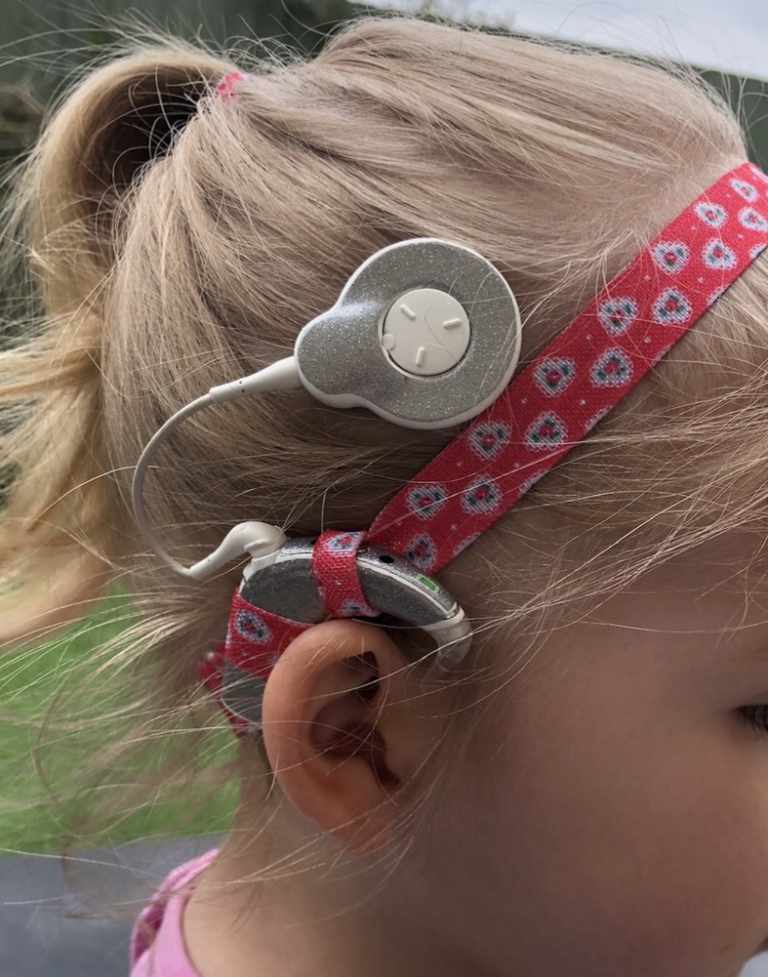
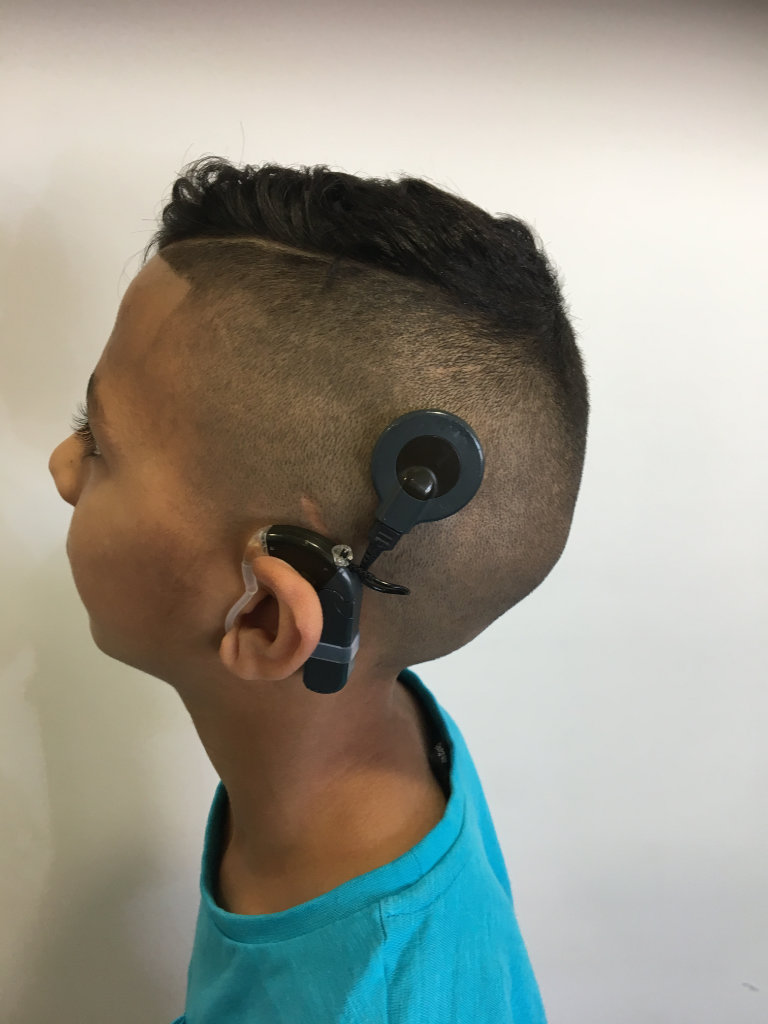
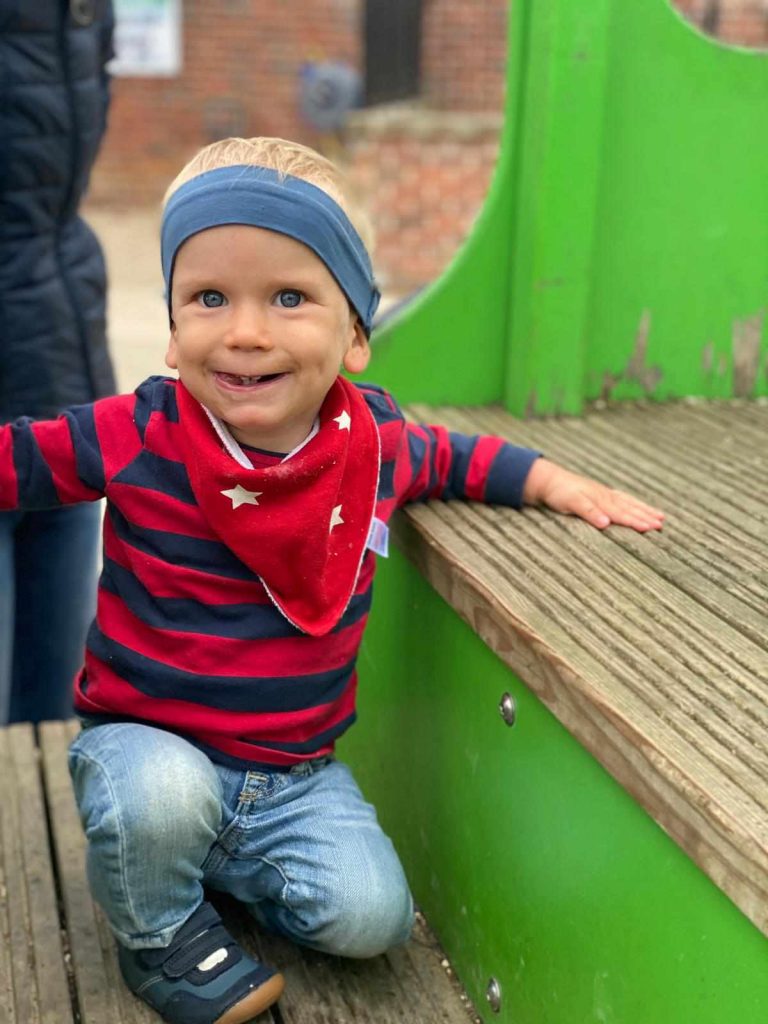
There are many option of retention device available to help keep the implant in the right place until your child is big enough for this to be less of an issue. This image shows a headband which was designed by one of our parents.
Further Audiology Programming Appointments
Programming continues over the following months and years. The total number of appointments depends upon each individual child. Gradually, the child adapts to each new listening experience. Hearing tests and other outcome measures are completed on a regular basis.
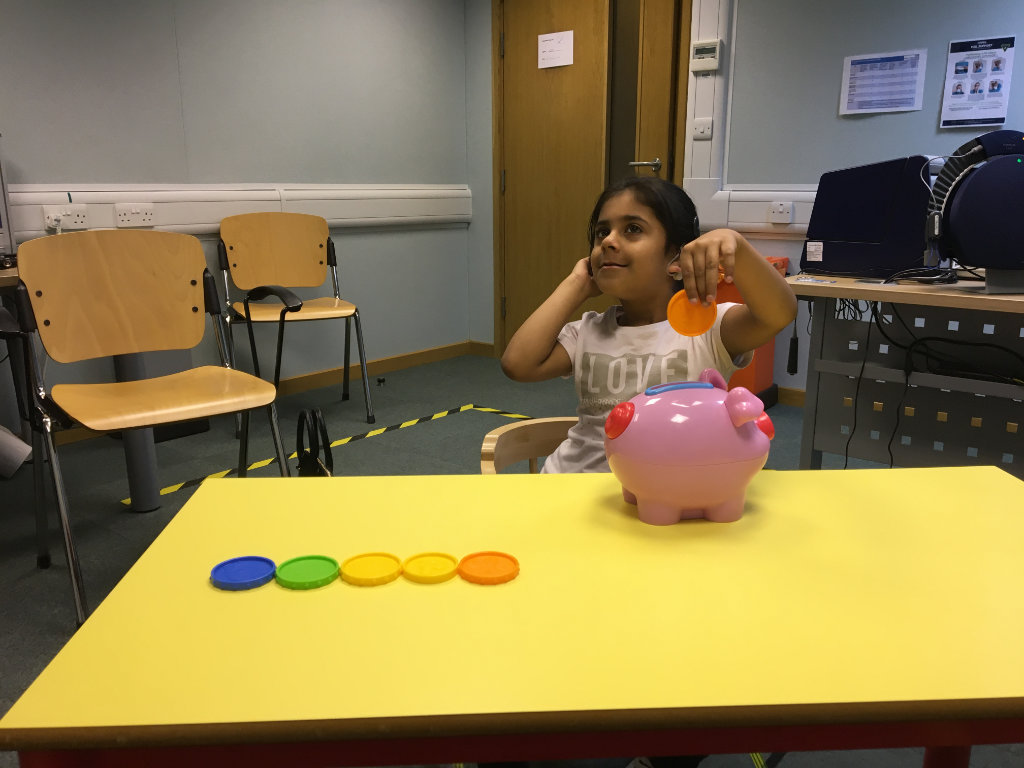
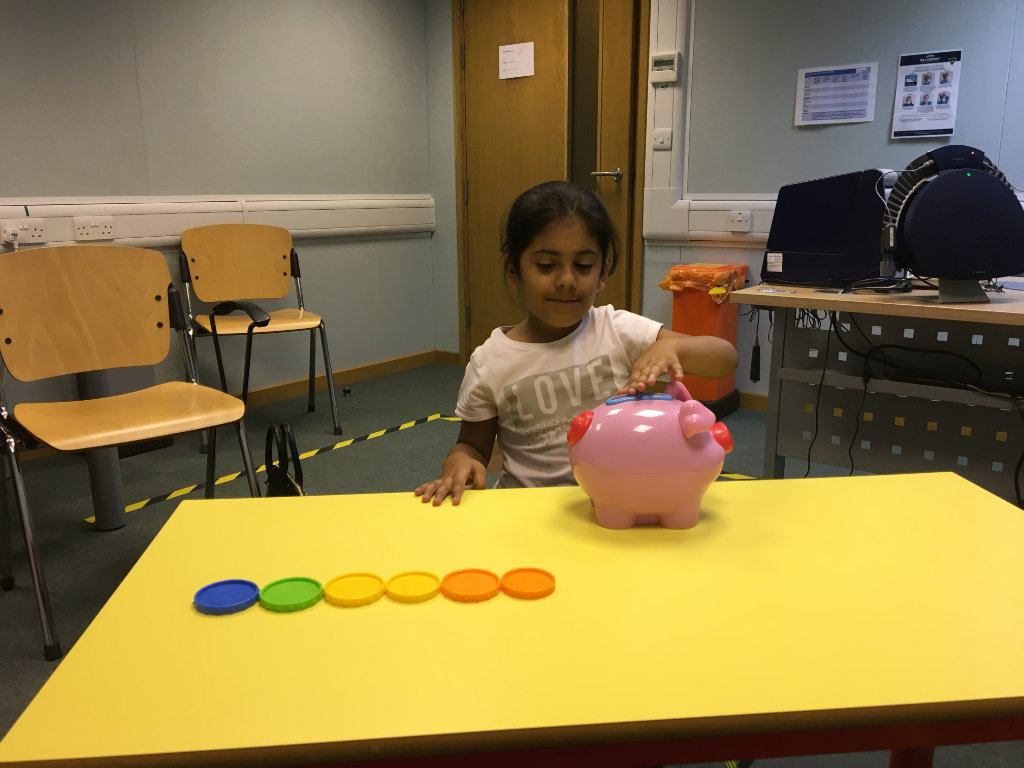
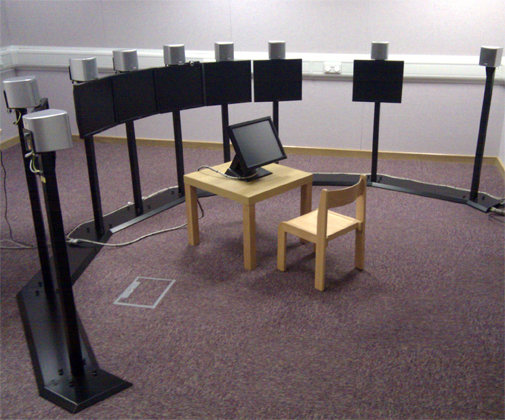
We have innovative equipment to assess your listening abilities and monitor your child’s’ progress as they get used to listening with the cochlear implant.
Rehabilitation Appointments
Following initial programming, the Rehabilitationist key worker visits both home and educational settings to ensure that all the carers involved have the support and information they need in order to support their child’s listening journey.
Consistent use of the processors all waking hours and developing a positive listening attitude need to be established. It is very important that:
- the sound processors are worn from when the child gets up until they go to bed (all waking hours)
- you speak to your child all day – research shows that children need to hear speech directed to them for at least 4 and a half hours every day to make good progress in their listening and language development.
The Rehabilitation team (Teachers of the Deaf, Speech and Language Therapists and Rehab Support Worker) offer ongoing regular support for up to 3 years post implant in order to:
- give advice to all carers
- ensure that the sound processor is in good working order
- work individually with each child encouraging the development of listening skills and speech and language skills
- promote the consistent use of spoken language by the child and all his/her carers
- monitor and assess progress through formal and informal assessment
How the Reahabilitation team work with you and your child after they have received their cochlear implant
The paediatric rehabilitation team currently consists of 4 speech and language therapists Helen, Renee, Ali and Sam and 2 teachers of the deaf Jeni and Joanne who are experienced practitioners working with deaf children with a range of communication needs. They provide support to parents/carers throughout the assessment for a cochlear implant and for those who go on to receive an implant.
- Once your child has had their implant(s), they will be seen for review at specific points depending on your child’s age and communication and language needs.
- Your child will be seen at the Listening for Life Centre and at home or in setting for these appointments.
- Rehabilitation after your child’s implant(s) involves individual review appointments/visits to monitor your child’s progress and to provide specific tailored advice for you to try at home.
- The paediatric rehabilitation team will monitor most children for the first 3 years after their implant(s) depending upon if this is needed and your child’s age. Children over the age of 16 years will transfer over to the Adult Audiology and SLT team if appropriate. Advice is always available no matter how long your child has had their implant(s), to help with any language and communication challenges your child may need support with at home, in education or at work.
Books promote language development
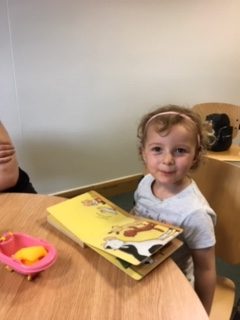
The YAIS Rehabilitationist key worker provides training for schools, nurseries and childminders including at transition times such as change of school.
The YAIS Rehabilitationist key worker will be your key worker and link person between home, setting, local services and YAIS. Part of their role is to share information between home, setting and the audiological professionals at YAIS. This is to get as full a picture as possible of how your child’s hearing and listening skills are progressing in the “real world”.
The YAIS Rehabilitationist key worker visits you at home with the local teacher of the deaf to go through information about switch on visits and care pathways.
The YAIS Rehabilitationist key worker will make further visits to you and your child with local professionals (teacher of the deaf or speech and langauge therapist) which will either take place at home or in a setting depending on the child’s age. The visits will be more frequent in the first year, but not as frequent as your local teacher of the deaf.
The YAIS Rehabilitationist key worker carries out language and listening assessments at set intervals which involve discussion and questionnaires with you and/or nursery and school staff, observations of your child and more structured listening tasks depending on your child’s age.
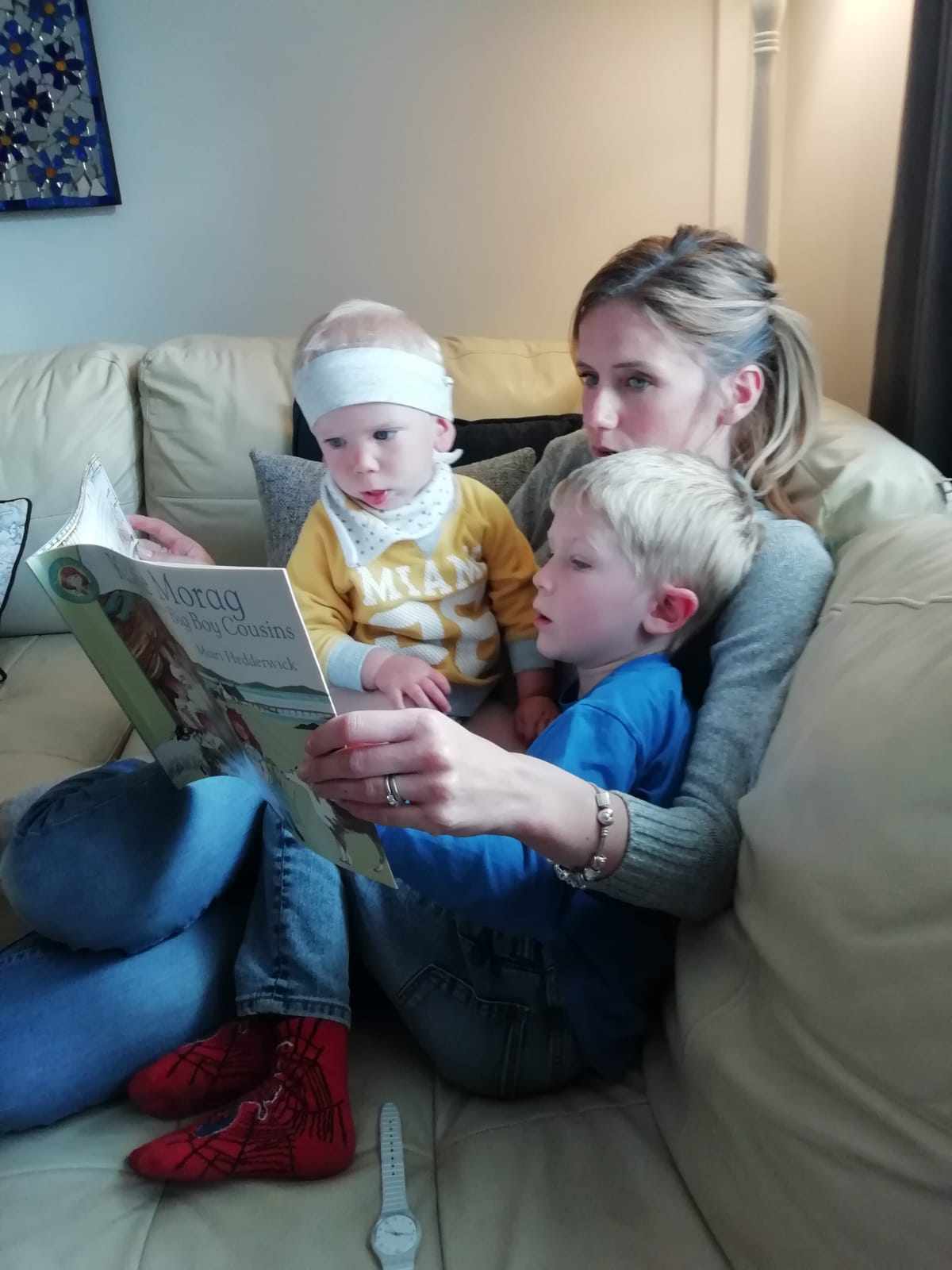
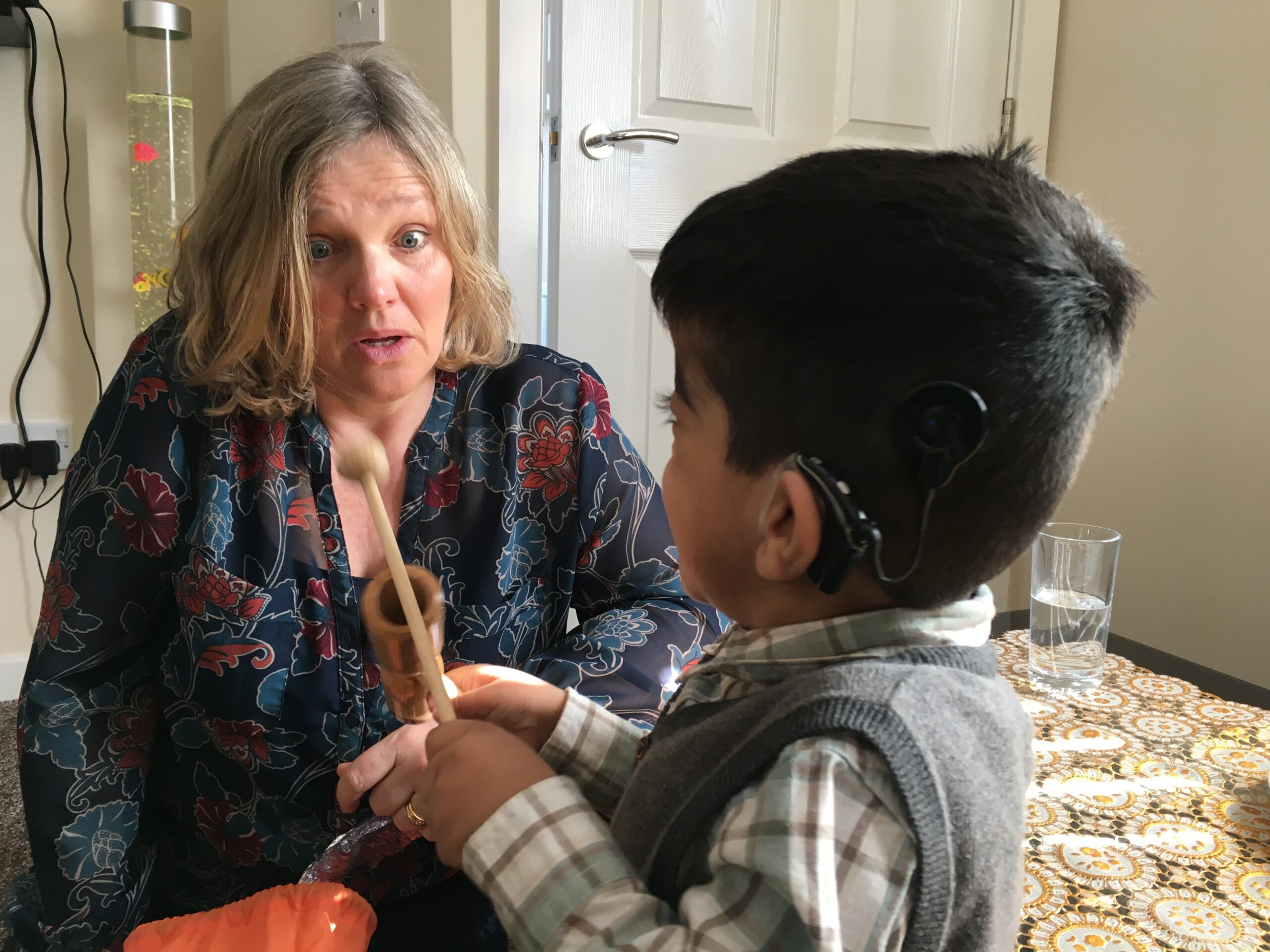
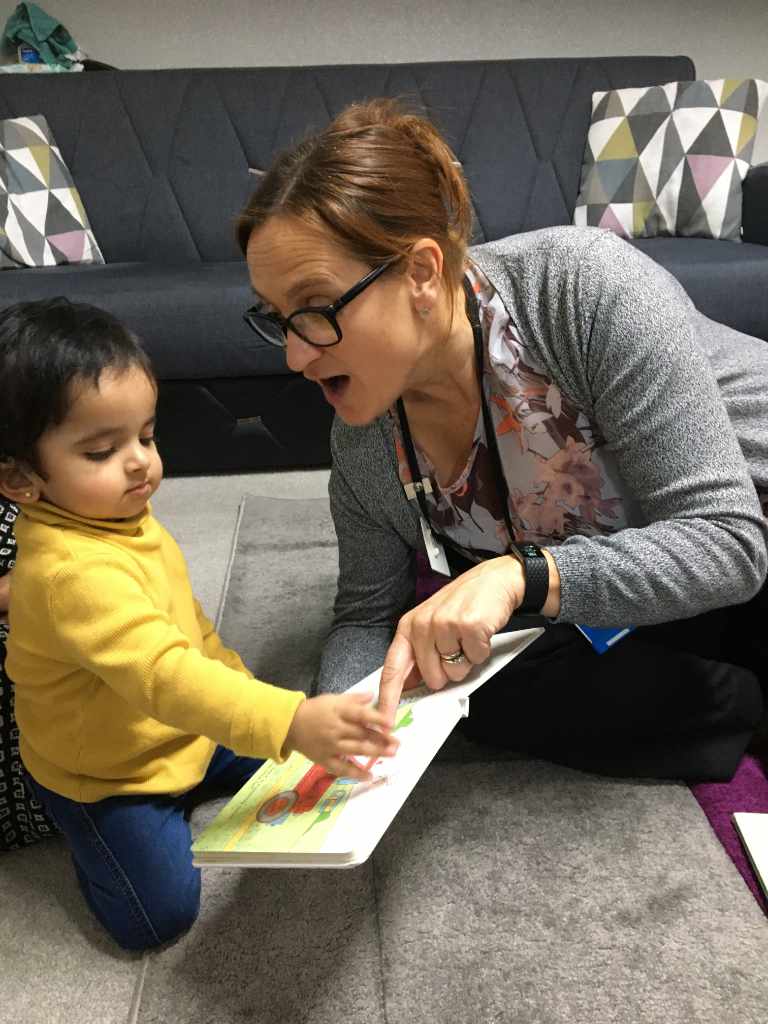
The YAIS Rehabilitationist key worker observes your child’s hearing, listening and communication in the home and setting, shares observations with you and your local professionals and takes notes of your own observations. They offer advice, guidance and support for you in your role in helping to develop your child’s listening and communication skills in the home environment. They also offer advice, guidance and support for school and nursery staff in their role developing listening and communication in the setting.